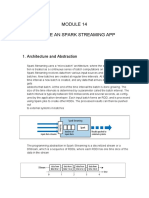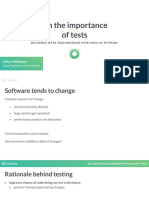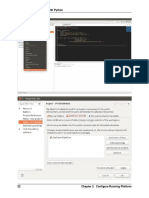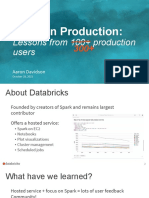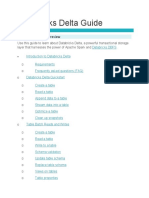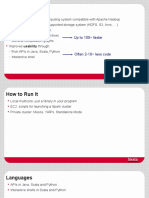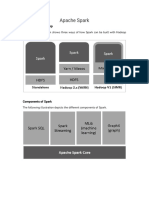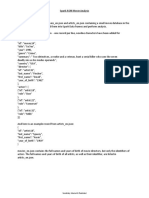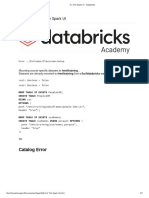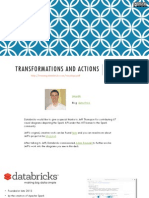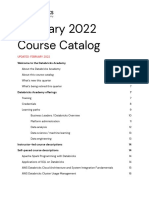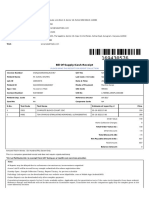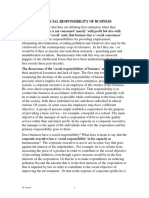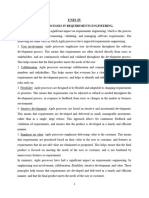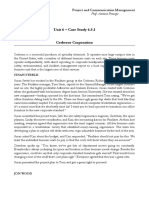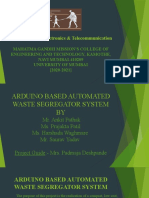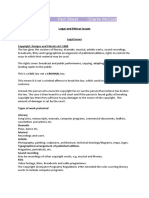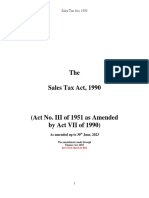0% found this document useful (0 votes)
313 views32 pagesDe Mod 2 Transform Data With Spark
This document outlines a module on transforming data with Spark. The module objectives are to extract data from various sources using Spark, apply common transformations to clean data using Spark, reshape and manipulate complex data using Spark functions, and leverage UDFs for reusable code and performance. The module agenda covers querying files directly, extracting from external sources, cleaning data, complex transformations, and reshaping data using a lab. It also discusses data objects in the lakehouse like tables, views, and functions.
Uploaded by
nizammbb2uCopyright
© © All Rights Reserved
We take content rights seriously. If you suspect this is your content, claim it here.
Available Formats
Download as PDF, TXT or read online on Scribd
0% found this document useful (0 votes)
313 views32 pagesDe Mod 2 Transform Data With Spark
This document outlines a module on transforming data with Spark. The module objectives are to extract data from various sources using Spark, apply common transformations to clean data using Spark, reshape and manipulate complex data using Spark functions, and leverage UDFs for reusable code and performance. The module agenda covers querying files directly, extracting from external sources, cleaning data, complex transformations, and reshaping data using a lab. It also discusses data objects in the lakehouse like tables, views, and functions.
Uploaded by
nizammbb2uCopyright
© © All Rights Reserved
We take content rights seriously. If you suspect this is your content, claim it here.
Available Formats
Download as PDF, TXT or read online on Scribd
/ 32





